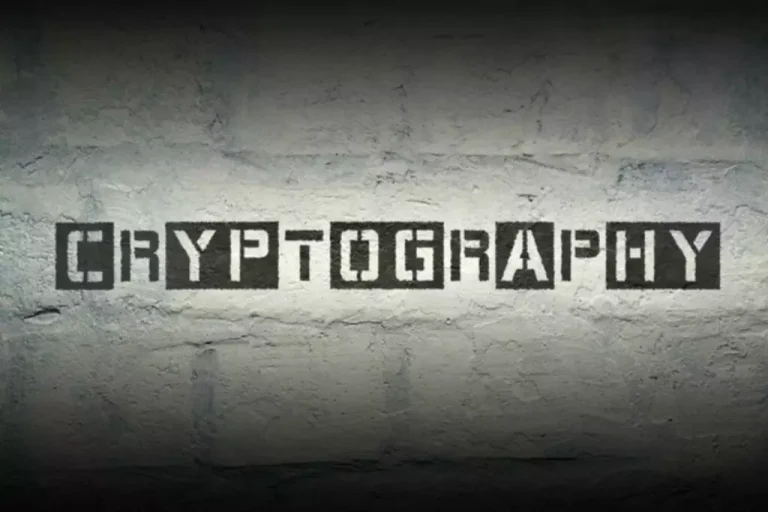Market takers are those in financial markets who act on existing prices somewhat than setting them. In Distinction To market makers, they don’t provide quotes however instead execute trades based mostly Market Makers vs Takers on present market circumstances. Their strategy involves profiting from opportunities somewhat than creating market liquidity.
- MTs usually pay transaction fees, known as taker fees, when consuming liquidity.
- Introduced in the Nineteen Nineties and early 2000s, the maker-taker model has turn into increasingly in style with the rise of algorithmic and high-frequency trading (HFT).
- Makers and takers make possible the existence of the trade in principle.
- Some exchanges would possibly even waive fees for market makers to incentivize liquidity provision, acknowledging its important role in upholding the trade’s operational efficiency.
What’s A Market Maker (mm)?
Alternatively, small merchants can become makers, simply by placing sure order types that aren’t executed immediately. Each market participant falls into a minimum of considered one of these categories – indeed, as a dealer, you’ll in all probability act as each at some stage. Makers and takers are the lifeblood of many buying and selling platforms, and their presence (or lack of it) separates sturdy exchanges from weak ones. Market makers often utilise sophisticated algorithms and methods to handle their positions and mitigate dangers. Their objective is to revenue from the bid-ask unfold, the distinction between the shopping for and promoting prices. These earnings incentivise them to take care of a continuing presence in the market.
Some exchanges may even waive charges for market makers to incentivize liquidity provision, acknowledging its very important role in upholding the change’s operational effectivity. Smaller spreads additionally imply it’s simpler and cheaper for traders to make deals quickly. The makers create shopping for or promoting orders that aren’t carried out instantly (e.g., “sell BTC when the value hits $15k”). This creates liquidity, that means it’s simpler for others to immediately purchase or sell BTC when the condition is met. On VALR, taker fees for spot crypto-to-crypto pairs like BTC/USDC begin at zero.100 percent for Tier 1 users and reduce with larger buying and selling volumes down to zero.035%. When you place a market order (an instruction to buy or promote immediately at the current market price), you’re performing as a market taker.

Many buying and selling platforms cost a what’s a taker fee for orders that consume liquidity. Additionally, takers should overcome the bid-ask unfold and may incur costs from slippage. They accept the prices established by market makers or out there in the order book to execute their trades instantly. Their primary operate is to complete transactions by interacting with existing orders, thus facilitating the trade of property. AMMs get rid of the necessity for centralized exchanges and conventional market-making techniques that would typically result in price manipulations and liquidity crises. The equivalent of trading pairs usually discovered on centralized exchanges is liquidity swimming pools for DEXs.
Moreover, other DEXs like Uniswap use a solution called automated market makers (AMMs) to attach makers and takers. A “maker” assumes the duty of initiating either a purchase order or a sale order, whereas a “taker” promptly acts as the entity executing that very order. Market makers function by setting a variety between the buy and sell prices of an asset. Many exchanges generate a considerable portion of their income by charging trading charges for matching customers. This signifies that any time you create an order and it’s executed, you pay a small amount in charges. However that amount differs from one trade to another, and it might also range relying on your trading measurement and role.
Makers and takers employ a plethora of strategies to seek out profits, usually contemplating market signals specific to their roles. Nevertheless, opinions on the effectiveness of these methods can differ, with some viewing them as bordering on the paranormal quite than the sensible. Before we are in a position to delve into makers and takers correctly, it’s necessary to talk about liquidity.
Market Makers: Pros And Cons

Separately, beneath the maker taker mannequin, exchanges incessantly offer rebates or incentives to market makers as a result of they supply liquidity. Market liquidity is one of the most important elements of a extremely efficient market. A market with excessive liquidity is one the place assets can be bought and sold with ease at a good value. Basically, there’s a high demand from merchants who need to personal the asset and there may be a excessive provide from traders that need to sell the asset. Market takers are traders or buyers who withdraw liquidity from the market by putting orders that get executed right away, like Market orders. Primarily, they’re taking liquidity from the market as the change fulfills their orders at present market prices from the order book.

There are numerous liquidity pools for particular trading pairs, users of DEXs can choose to turn out to be a liquidity supplier (LP) by depositing a sure Stockbroker predetermined ratio of the chosen trading pair. It Is important to note that you could even be a market taker even when using a restrict order. Apart From market makers, it’s additionally necessary to mention one other market participant – liquidity providers, who, nonetheless, choose to work by forming spreads.
Market makers are entities or people that actively provide liquidity by placing purchase and promote orders at different value https://www.xcritical.in/ ranges. On the opposite hand, market takers are those that execute trades by accepting current orders available on the market. This interplay creates the foundation for an efficient and liquid buying and selling setting. Understanding this distinction is not just for seasoned traders; it’s crucial for anyone looking to navigate crypto more effectively. Understanding these roles might help you perceive how liquidity is created, how prices are determined, and even how buying and selling charges would possibly differ based on your actions.
